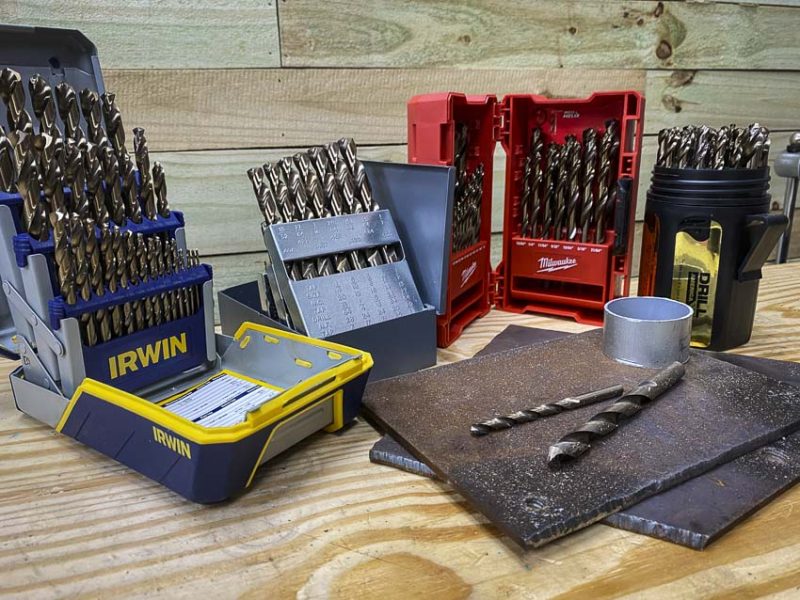Drill bits designed for metal and wood are specifically engineered to work with their respective materials. While both types of bits have the same basic function, to create holes. They differ in several important ways, including their shape, material, and cutting angles.
Shape:
The shape of a drill bit plays a crucial role in determining its suitability for a particular material. Wood drill bits typically have a pointed tip that is designed to start a hole easily and cleanly. The shaft of the bit is often fluted. Which helps to remove wood chips and debris as the bit cuts through the wood. In contrast, metal drill bits have a much more pointed tip that is often split in two. This design helps to center the bit on the metal surface and prevents it from wandering as it cuts. The shaft of metal drill bits is often wider and more tapered than that of wood bits. Which allows for greater stability and control when drilling into hard metals.
Material:
The materials used to make drill bits also vary depending on the type of material they are designed to cut. Wood drill bits are usually made from high-speed steel (HSS) or carbon steel. Which are both relatively soft metals that can be sharpened easily. These materials are ideal for wood drilling because they are able to cut through. The wood fibers without cause excessive heat or friction. Metal drill bits, on the other hand, are typically made from high-speed steel (HSS) or cobalt steel. Which are much harder and more durable than the materials used to make wood bits. These materials can withstand high temperatures and pressures. That are generated when drilling into metal, without becoming dull or damaged.
Cutting angles:
The cutting angles of drill bits are also different for wood and metal. Wood bits typically have a wider angle of around 90 degrees, which helps to create a clean and fast hole by removing more wood with each rotation. This wider angle also helps to reduce the risk of the bit getting stuck or binding in the wood. In contrast, metal drill bits have a much smaller angle of around 118 degrees, which allows them to cut through hard metal surfaces without creating too much heat or friction. The smaller angle also allows for greater precision and control when drilling into metal.
In addition to the differences in shape, material, and cutting angles, there are also specialized drill bits designed for specific types of wood or metal. For example, spade bits are a type of wood drill bit that has a paddle-shaped tip. Which makes them ideal for drilling large holes quickly in softwoods like pine or cedar. For hardwoods like oak or maple, auger bits are a better choice. As they have a threaded tip that pulls the bit into the wood and creates a clean, precise hole.
For metal, there are several specialized drill bits designed for specific types of metal. For example, twist drills are a versatile type of metal drill bit that can be used to cut through a variety of metals, including steel, aluminum, and brass. However, when working with harder metals like stainless steel or titanium, it is often necessary to use specialized drill bits like carbide-tipped bits, which are designed to withstand the extreme heat and pressure generated by drilling into these materials.
Conclusion;
while both wood and metal drill bits have the same basic function of creating holes, they differ in several important ways. Wood drill bits have a pointed tip, fluted shaft, and wider cutting angle, and are typically made from softer materials like HSS or carbon steel. In contrast, metal drill bits have a split-point tip, tapered shaft, and smaller cutting angle, and are typically made from harder materials like HSS or cobalt steel. By understanding the differences between wood and metal drill bits, and choosing the right type of bit for your project, you can achieve more precise and efficient drilling results.

